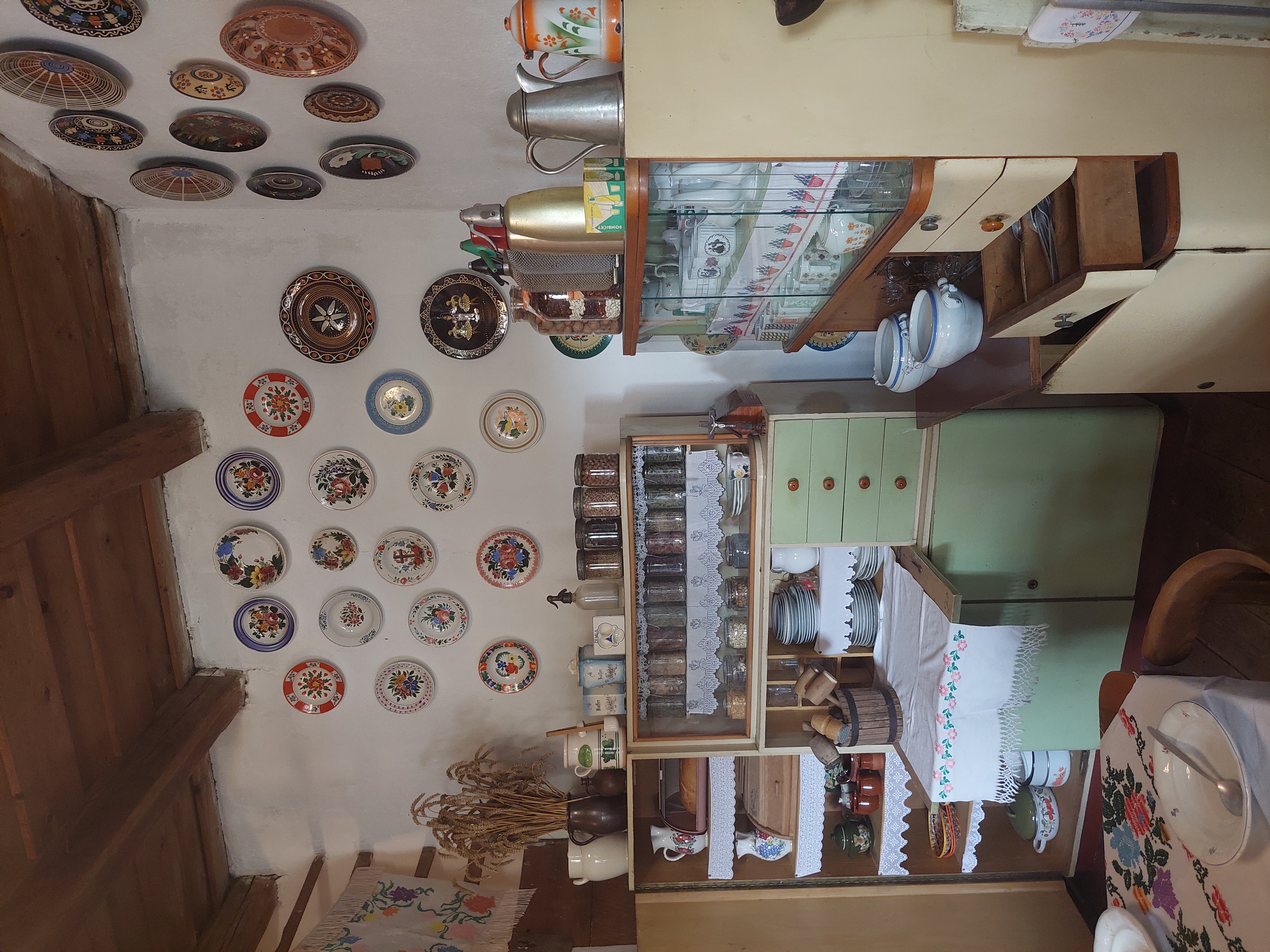
Volunteers have strong roots in Trstený pri Hornád. Many of them are our colleagues or retired colleagues. Also thanks to their work, the village managed to implement the project Revival of Cultural Traditions in the Village of Trstené near Hornád, for which it received a grant from our Together for the Region program.
Trstené near Hornád has a rich history and strives to preserve traditional customs, songs and costumes. There are still a few typical peasant houses here. The village decided to breathe life into one of them. The old farmhouse with a large yard, located in the center of the village, has been the property of the village since 2021. The presented project had a clear intention – the restoration of this building in the spirit of the original architecture and the establishment of memorial rooms in the interior.
Project coordinator Katarína Marcinová highlighted the activity of the residents of the village. "An important impetus for joining the call for the Together for the Region grant program was the great effort of our local citizens. Especially Jolana Szabóová and our female pensioners, who have been collecting material for the establishment of memorial rooms for years in their spare time."
Immediately after receiving the grant, the volunteers in Trsten got to work. Among them are our colleagues from U.S. Steel Košice: Bartolomej Deák, Ľudovít Vereb, Patrik Vereb, Peter Oravec, Gabriel Marcin, brothers Peter and Rastislav Šelepský. They did electrical work here, cleaned the premises, plastered the interior, renovated fencing, windows and doors.


From left to right: in front Katarína Marcinová, mayor of the village Matej Kočiš, Jolana Szabóová. In the back, volunteers from USSK: Rastislav Šelepský, Bartolomej Deák, Peter Šelepský and Patrik Veréb
Volunteers from USSK: Rastislav Šelepský, Ľudovít Veréb and Gabriel Marcin
And at the end of August, we received an invitation to the opening ceremony of the "Gagarin" Museum. Unaware of the local conditions, we found out why "Gagarin".
"Ladislav Rusčák lived his whole life in this house, whom no one addressed as anything other than Gagarin. When in 1961 Yuri Gagarin became the first person to fly into space, Mr. Rusčák was a fourteen-year-old boy. He had difficulties pronouncing the name Gagarin at the time and he got this nickname. We wanted him not to be forgotten. His clothing is on the mannequin at the entrance to the first memorial room, and on the wall in the porch is the family tree of the Rusčák family," explained Katarína Marcinová.
Marián Čekovský became the godfather of the museum, and its opening was packed with a rich program. As the mayor of the village, Matej Kočiš, mentioned, the program came out somehow naturally, everyone wanted to contribute something. Children from ZŠ Trstené pri Hornáde, the local male singing group Hrabov, or the mandolin group Rjabinuška, which brings together retired women, performed here. The municipal volunteer theater Radosť prepared a performance of a traditional folk wedding in costumes, Mária Raškyová recited a poem and there was also brass music performed by the local brass band Hornád.


The memorial rooms were crowded with curious visitors, everyone wanted to see what was on display. We found here an exhibition of folk housing, period furniture, crafts, work and holiday costumes and many other interesting objects from the past. "We had exactly such carpets at grandma's house, we had mugs like that at home,..." echoed. Local residents' costumes are very personal, marked with the names of those who wore them in Trstene. On the wall of the porch hangs a list of the nicknames of the inhabitants of Trstene, under the name Nados nicknames (note: in the 13th century, the village was called Nádošť, the Hungarian word nád means reed, nádas – reedy).

Katarína Marcinová talks about future plans: "We will continue to work on the restoration of the building and the yard. The museum will be open during community events such as slaughterhouses, maypoles, carnivals, Christmas punch, brass band gatherings, presentations of traditional crafts and customs. In the future, it will be accessible to the public and will acquire the character of an interesting tourist spot. We are also planning to create a gallery with a permanent exhibition of photos of the residents of the village."
The photo gallery, which also documents the original condition of the building, proves that the project was extremely successful and that the volunteers did a lot of work.
































